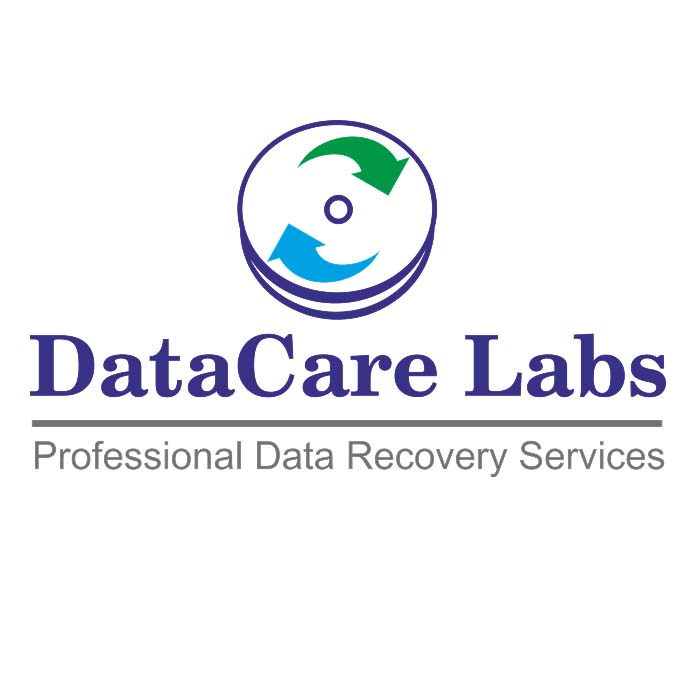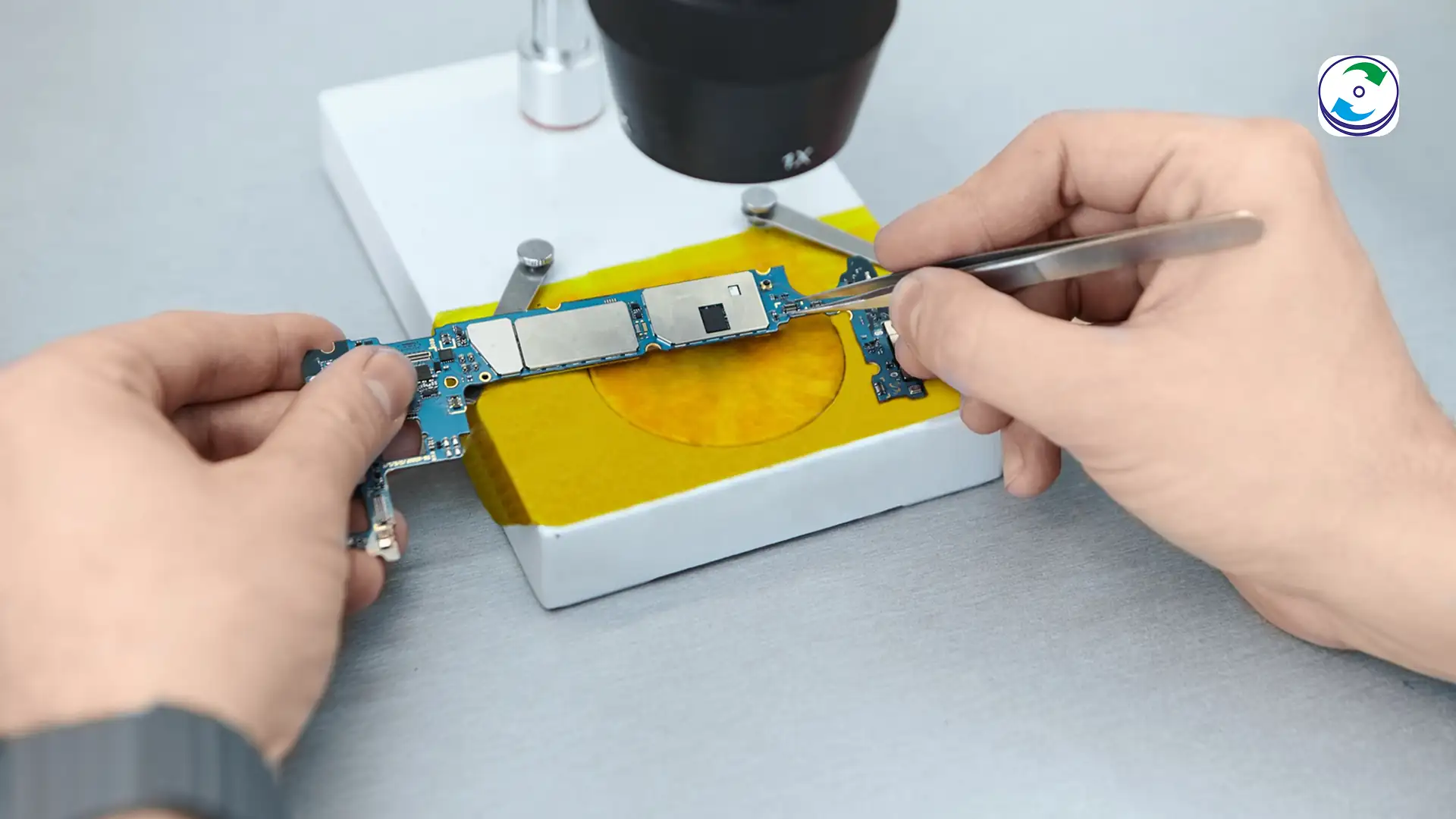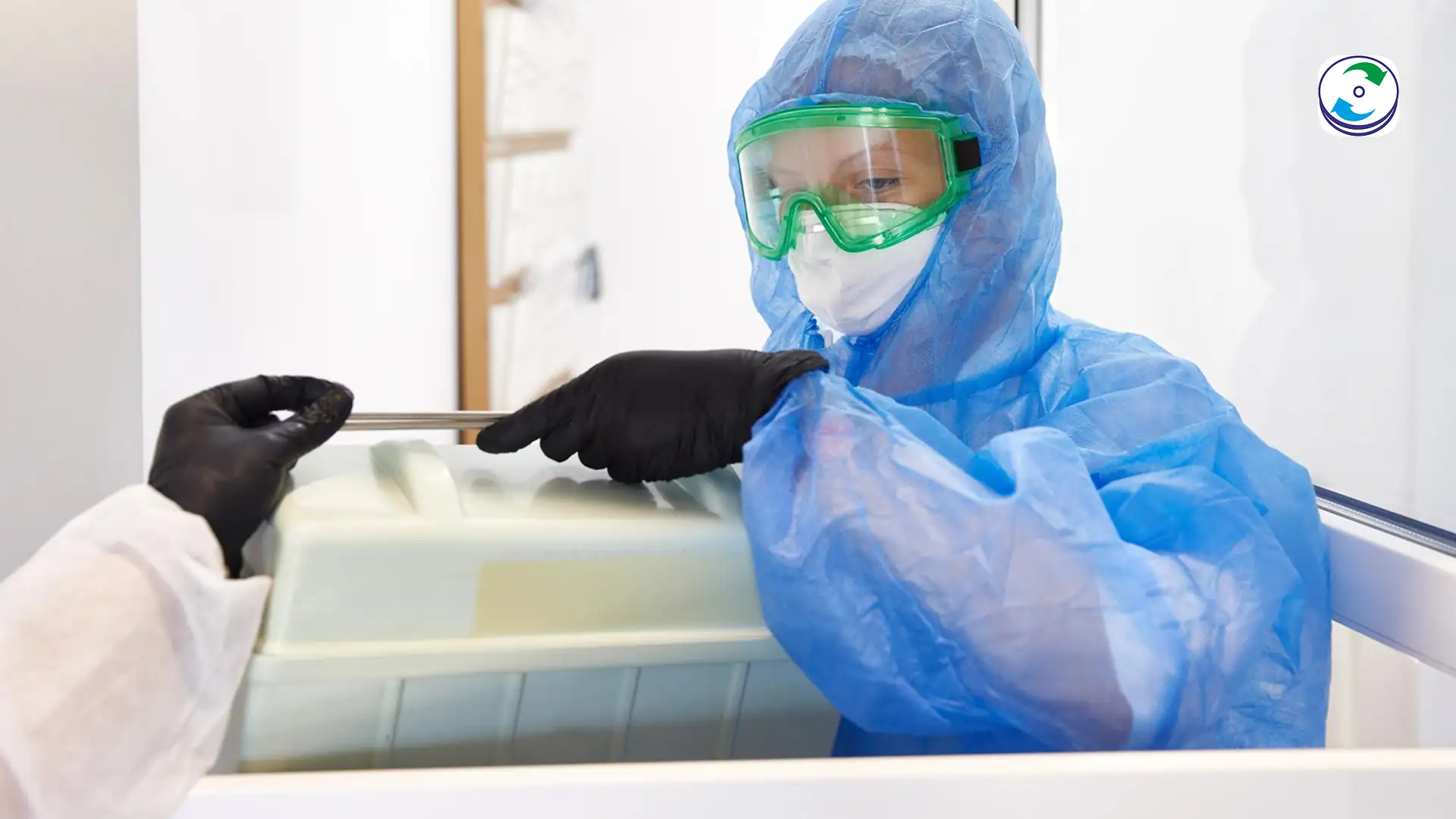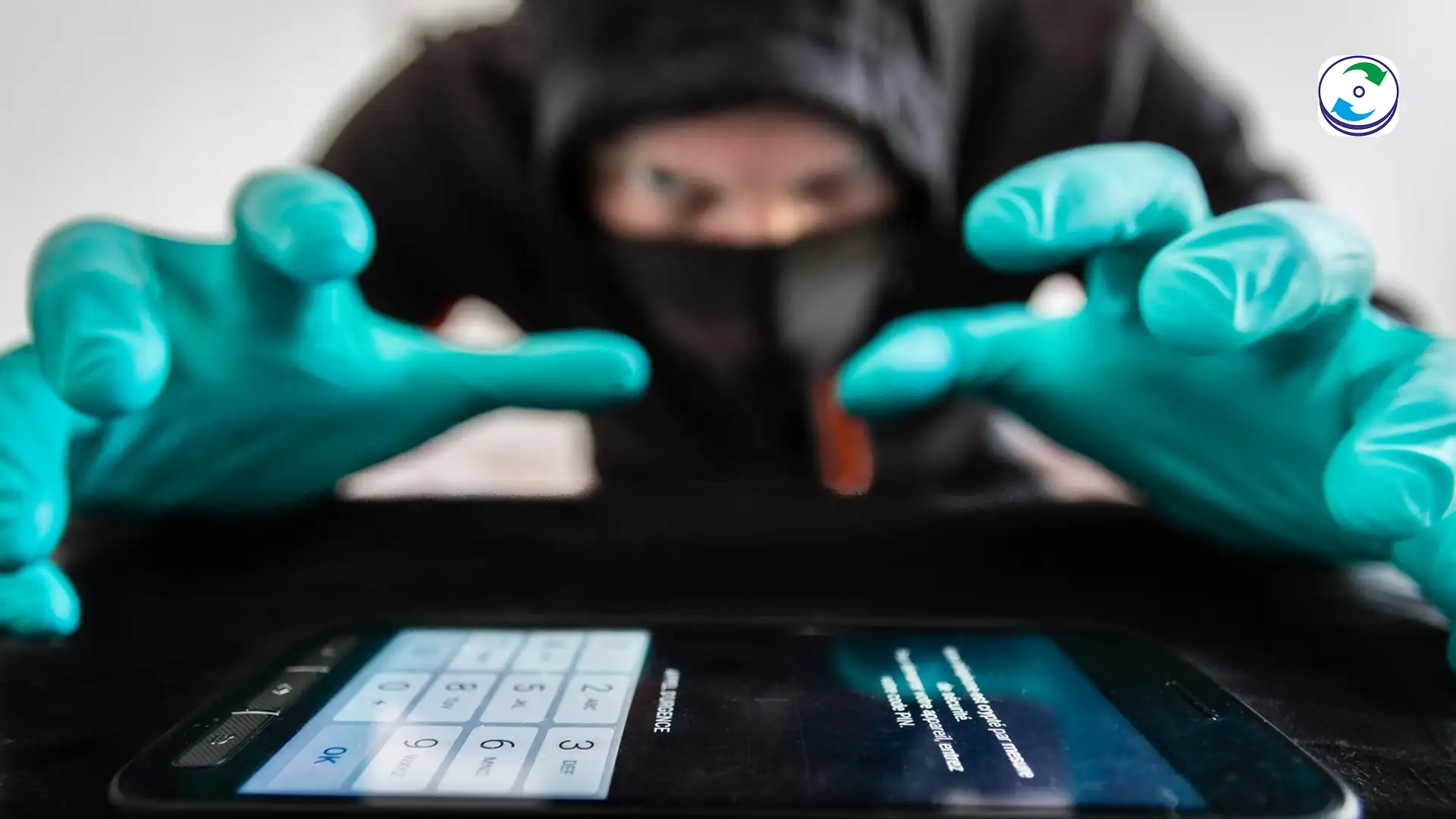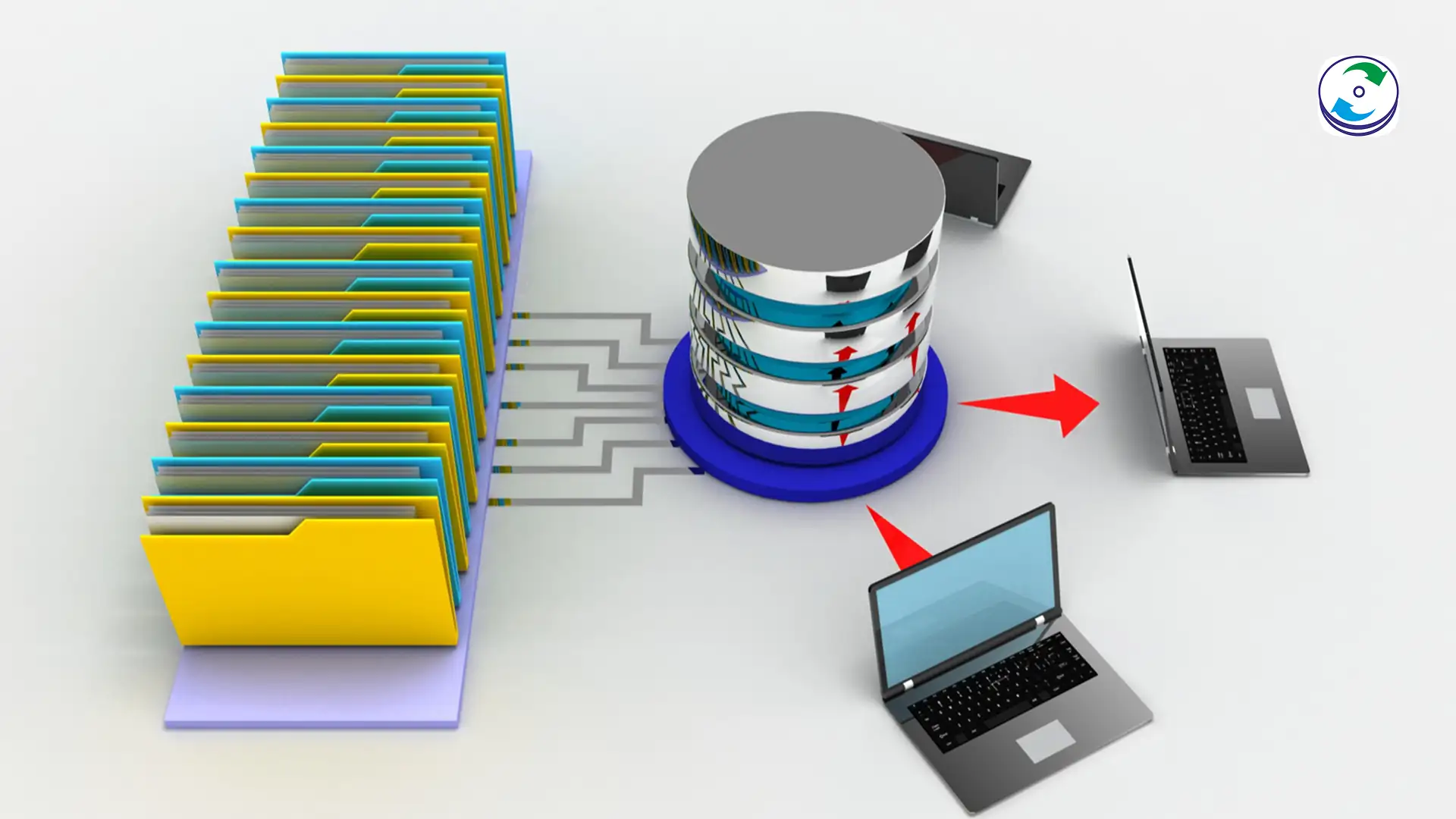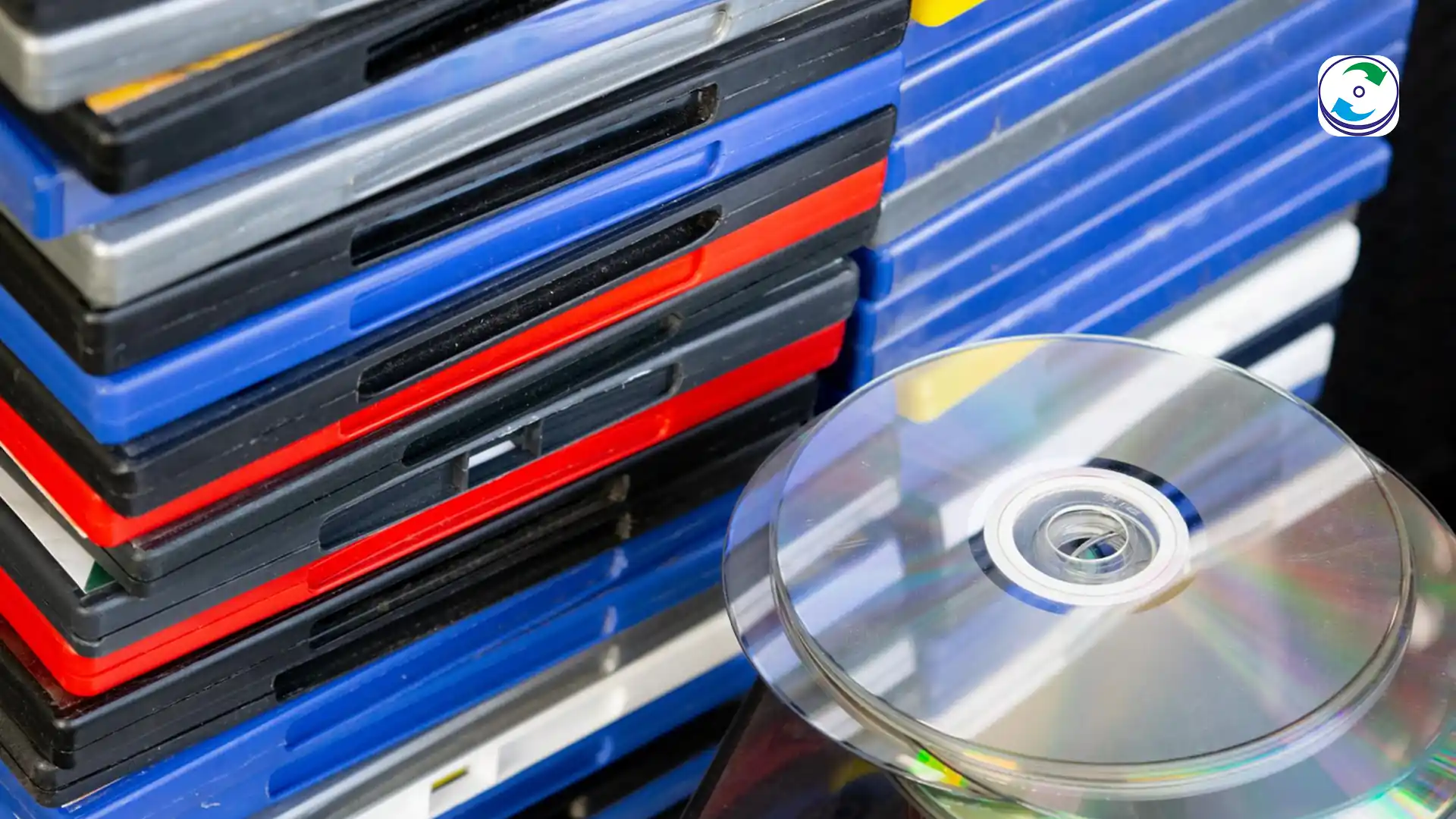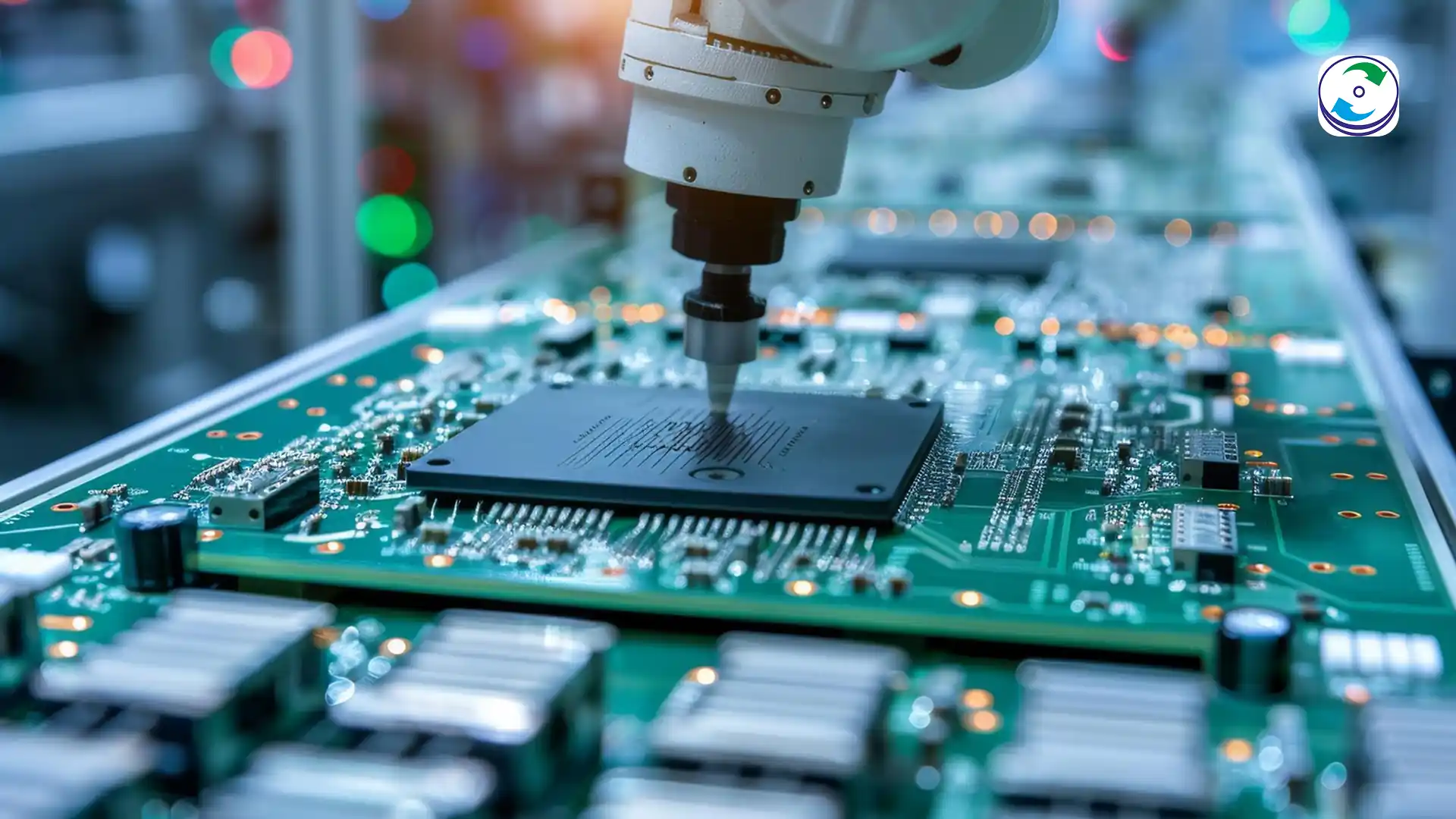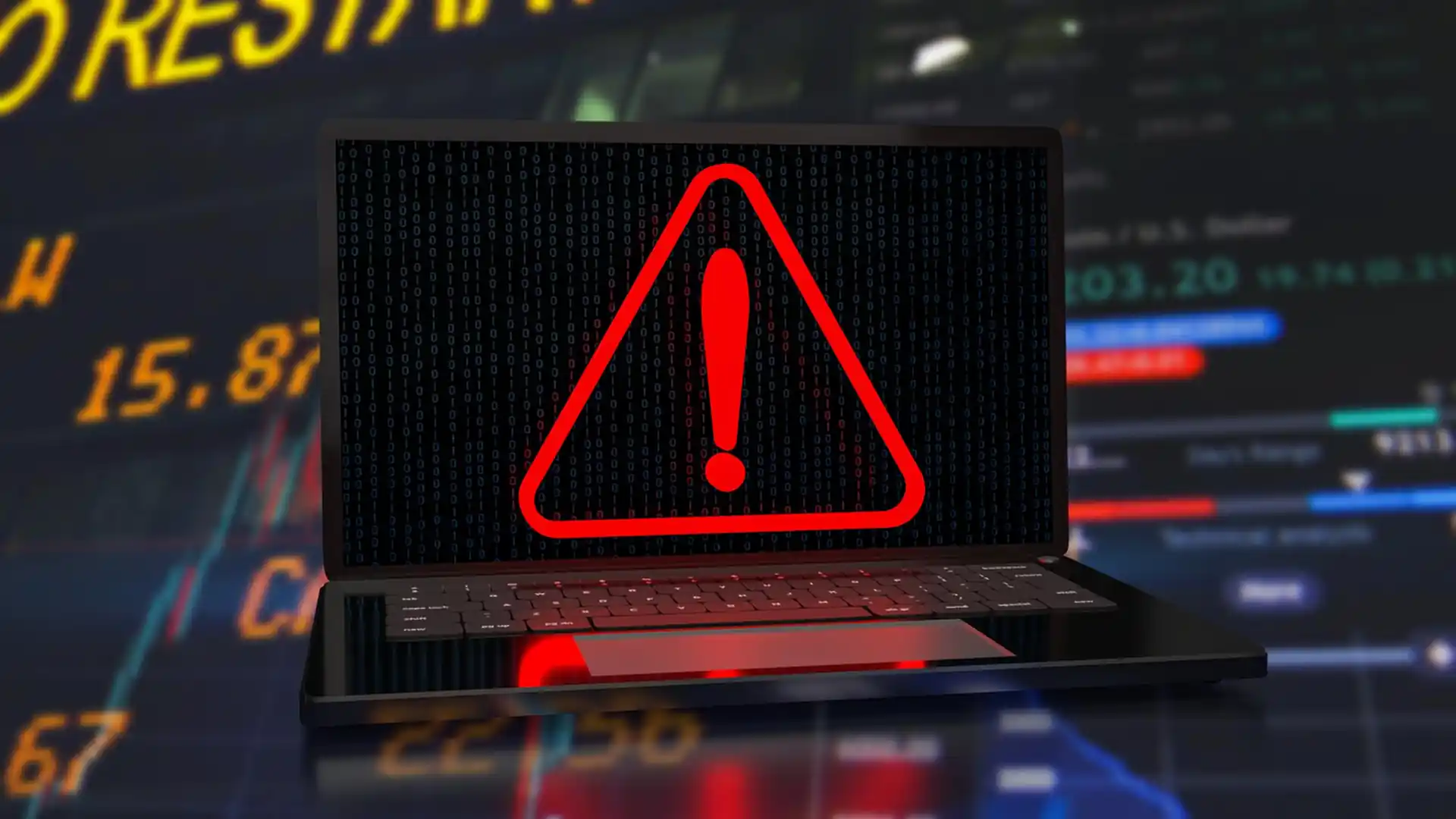My SSD died without warning. Can I get my files back?
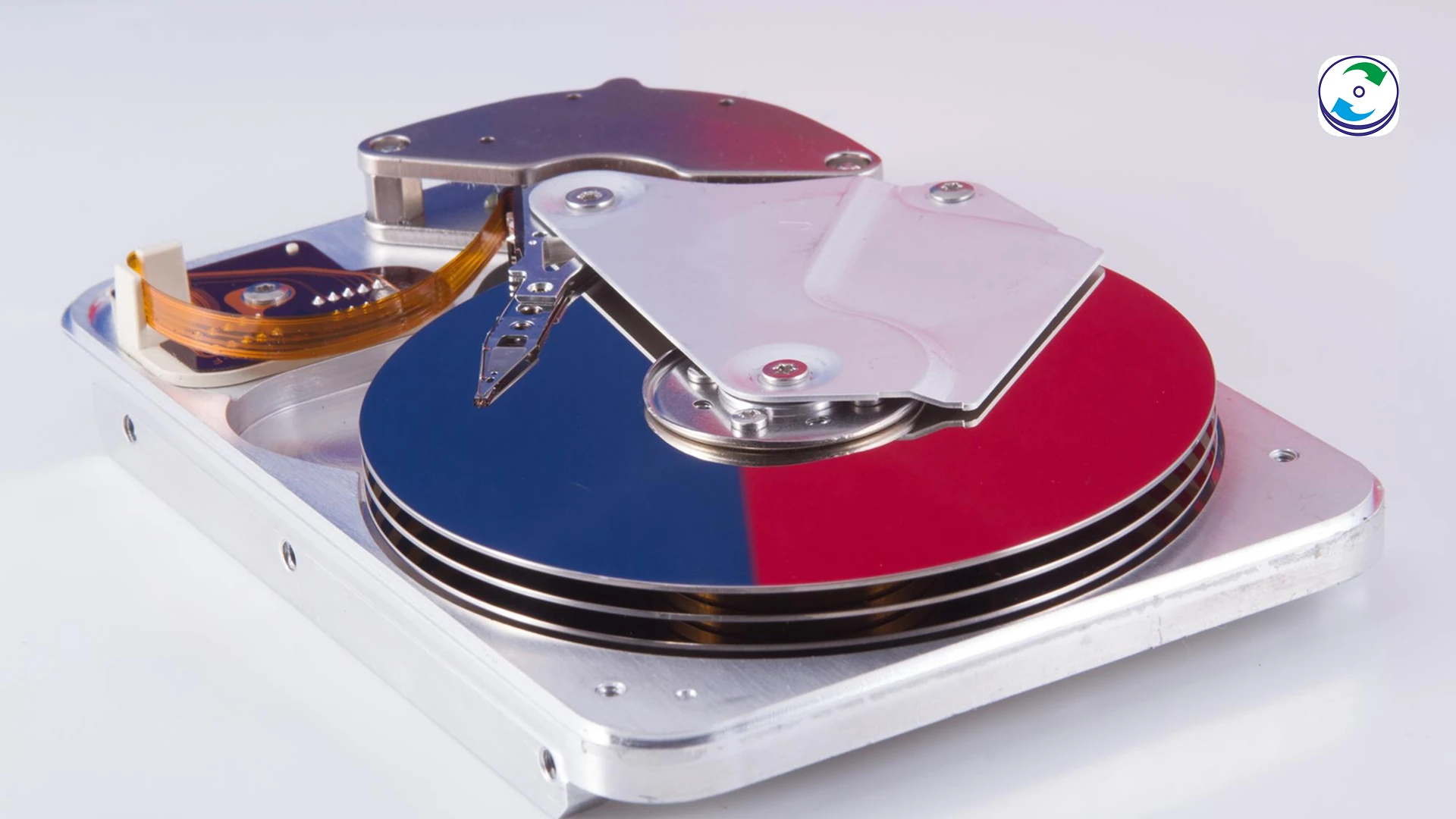
Introduction
The most unsettling thing about a Solid-State Drive (SSD) is its silence. Unlike a traditional hard drive that might click, grind, or hum to signal its impending doom, an SSD often gives no warning. One moment, your computer is lightning fast, and the next, it’s a black screen with an error message like “No Bootable Device.” Your SSD has failed, and with it, all your data seems to have vanished.
This is a panic-inducing moment for anyone, but the reality is that a silent SSD failure does not always mean your data is gone forever. While the challenges of SSD recovery are unique, a professional data recovery service can often retrieve your files from a seemingly dead drive. This guide will explain why SSDs fail, what you should do immediately, and how our expert services, complete with a “No data, No charges” policy and free pickup-drop service, are your safest option.
The Silent Killer: Why SSDs Fail Without Warning
SSDs store data on interconnected flash memory chips, not on fragile spinning platters. This makes them more durable against physical shock, but not immune to failure. Common causes of silent SSD death include:
-
Controller Chip Failure: The controller is the “brain” of the SSD. It manages data flow, performs error correction, and handles wear leveling. A failure of this chip, often due to a power surge, manufacturing defect, or overheating, can render the entire drive inaccessible. The drive may show up with a generic name like “SATAFIRM” or “SATABURN” in the BIOS.
-
Firmware Corruption: The firmware is the operating system of the SSD. A corrupted firmware update or a bug can cause the drive to “brick” itself, making it unreadable by your computer.
-
Memory Cell Degradation: SSDs have a limited number of write cycles. While modern drives are designed to last for many years, heavy use can cause memory cells to wear out, leading to bad blocks and eventual failure.
-
Power Failure: A sudden loss of power during a write operation can corrupt critical data on the drive, leading to a permanent failure.
When you suspect your SSD has failed, your actions in the first few hours are vital.
DO:
-
Power Down Immediately: As soon as you see the error message or your computer fails to boot, turn it off. Continued operation can cause more damage.
-
Disconnect the Drive: If you are comfortable doing so, physically disconnect the SSD from your computer. This prevents the operating system’s background processes (like TRIM) from permanently erasing data.
-
Contact a Professional: Due to the complexity of SSDs, a professional data recovery specialist is the only safe option.
DON’T:
-
Do NOT Attempt a DIY Fix: Do not try to run software utilities, perform a cold boot trick, or use command-line tools found online. These methods are designed for minor issues and can cause irreversible damage to a failed controller or firmware.
-
Do NOT Format the Drive: Formatting a drive will completely wipe all data and make recovery impossible due to the TRIM command, which is a key difference between SSD and HDD recovery.
-
Do NOT Open the SSD: An SSD does not contain mechanical parts, but its sensitive electronic components can be easily damaged by static electricity or mishandling.
Why You Need a Professional for SSD Data Recovery
Recovering data from a failed SSD is vastly more complex than recovering from a traditional hard drive. It’s not about simple component swaps. Professionals have to deal with:
-
Complex Controllers and Firmware: Data recovery engineers have specialized hardware and software to communicate with the failed controller chip and bypass its failure to access the raw data.
-
Wear-Leveling Algorithms: The data isn’t stored in a linear fashion like on a hard drive. It’s spread out across different memory chips by a wear-leveling algorithm. An expert must reverse-engineer this logic to correctly piece the data back together.
-
NAND Chip-Off Recovery: In the most severe cases, the flash memory chips must be desoldered from the board to read the raw data directly. This requires micro-soldering skills and a deep understanding of chip architecture.
Our Professional Data Recovery Service: Your Risk-Free Solution
At DataCare Labs, we specialize in high-stakes SSD data recovery. We understand the panic of a silent drive failure and the value of your files. Our services are tailored to provide a seamless and risk-free experience.
-
The Convenience of Free Pickup-Drop Services: We offer a free pickup-drop service for your failed SSD from your home or office. Whether you are in Sydney, London, Toronto, Vancouver, Manchester, or Birmingham, a courier will collect your drive and deliver it safely to our lab.
-
The Confidence of “No Data, No Charges”: We stand by our promise. If we are unable to recover your data, you will not be charged a recovery fee. This risk-free approach gives you complete peace of mind.
-
Expert Diagnosis and Transparent Process: We will provide you with a transparent and free diagnosis of your failed SSD and keep you informed throughout every step of the recovery process.
Conclusion: A Silent Failure Doesn’t Have to Mean Permanent Loss
A silent SSD failure is a serious problem, but your data is likely still recoverable. Do not risk your precious files by attempting a DIY fix. For a professional, safe, and risk-free solution, contact DataCare Labs. We have the expertise and the commitment to help you get your life and business back online.

